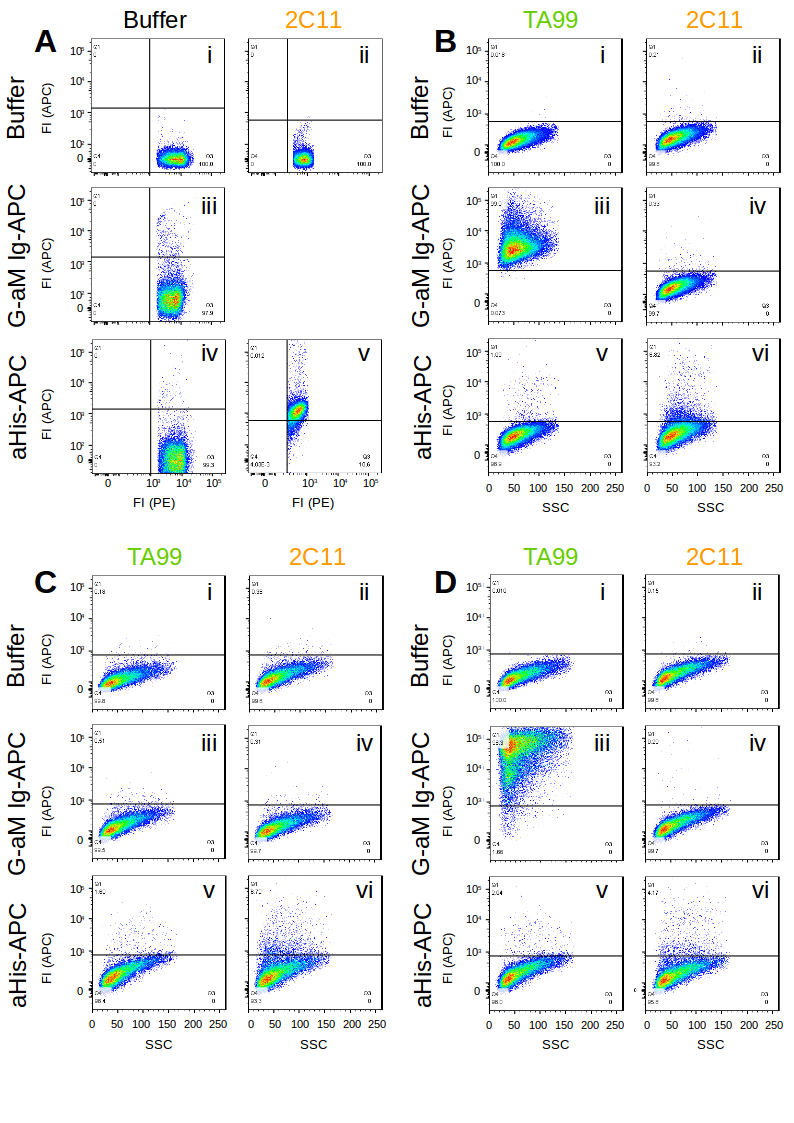Search results: trp
Product group Antibodies
TRP2 (C-9) HRPSC-74439HRP
ApplicationsWestern Blot, ELISA, ImmunoHistoChemistry, ImmunoHistoChemistry Paraffin
ReactivityHuman, Mouse, Rat
TargetDCT
- SizePrice
Product group Antibodies
TRP2 (C-9) ACSC-74439AC
ApplicationsImmunoPrecipitation
ReactivityHuman, Mouse, Rat
TargetDCT
- SizePrice
Product group Antibodies
anti-DCT / TRP2 antibodyARG55395
ApplicationsWestern Blot, ImmunoHistoChemistry, ImmunoHistoChemistry Paraffin
ReactivityHuman
TargetDCT
- SizePrice
Product group Antibodies
anti-DCT / TRP2 antibodyARG66652
ApplicationsWestern Blot, ImmunoHistoChemistry, ImmunoHistoChemistry Paraffin
ReactivityHuman, Mouse, Rat
TargetDCT
- SizePrice
Product group Antibodies

ApplicationsFlow Cytometry, ImmunoFluorescence, ImmunoPrecipitation, Western Blot, ELISA, ImmunoHistoChemistry
ReactivityHuman
TargetTYRP1
- SizePrice
Product group Antibodies

ApplicationsFlow Cytometry, ImmunoFluorescence, ImmunoPrecipitation, Western Blot, ELISA, ImmunoHistoChemistry
ReactivityHuman
TargetTYRP1
- SizePrice
Product group Antibodies

ApplicationsFlow Cytometry, ImmunoFluorescence, ImmunoPrecipitation, Western Blot, ELISA, ImmunoHistoChemistry
ReactivityHuman
TargetTYRP1
- SizePrice
Product group Proteins / Signaling Molecules
- SizePrice
Product group Antibodies
- SizePrice
Product group Antibodies
- SizePrice
Didn't find what you were looking for?
Search through our product groups to find the right product
Back to overview
